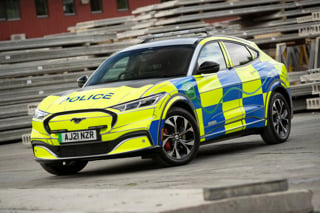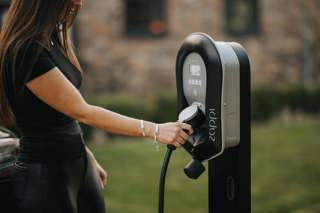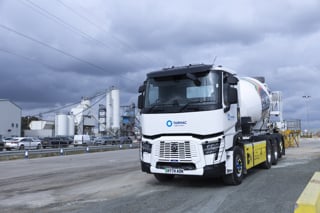
Fleet FAQ
Q:
How to increase electric vehicle (EV) range?
A:
As with petrol and diesel vehicles and their fuel economy, it is rare that a battery electric vehicle (BEV) achieves its official range in real-world conditions.
This is down to a number of factors. The way a BEV is driven can reduce its range by more than 20%, according to a spokesman at the Energy Saving Trust (EST).
Many of the eco driving techniques which apply to internal combustion engine (ICE) vehicles are also relevant to BEVs, but there are some key differences.
“With ICE vehicles, we advocate anticipation, reading the road ahead, shifting through the gears quickly, making sure you don’t brake or accelerate unnecessarily and maximising engine braking,” he said. “BEVs don’t have gears and, instead of the engine braking from an ICE vehicle, they have regenerative braking. It is key to maximise this.”
As with ICE vehicles, driving BEVs at the right speed can have a big effect on efficiency. “For a petrol or diesel vehicle, the most efficient speed is between 40mph and 50mph, but it takes a lot of energy to get the vehicle going,” he said.
“Harsh acceleration has less effect on energy consumption in a BEV. With an electric vehicle there is a straight-line relationship between speed and energy consumption: the faster you go, the more energy you’re going to use.
“There is no getting away from it, that is purely the laws of physics.”
Research by the EST has found that driving at 70mph instead of 50mph will reduce battery range by 36%.
Cold weather can also have a significant impact on the range of a BEV. Royal Mail and Centrica have each reported a loss of range of between 30% to 40% in winter temperatures compared with the warmer summer months.
This is due to both the effect the cold has on the battery chemistry and the energy needed to heat the cabin.
“When you think about a petrol or diesel vehicle, they produce a load of waste heat and that’s a great thing to use to keep the cabin nice and warm,” said the spokesman.
“You don’t have that with a BEV, so you have to generate the heat, and if you are using the batteries to do that then it is using extra energy.”
One way to minimise this impact is to use the pre-conditioning function available on many BEVs, which allows the cabin temperature to be set in advance, so it is already at the required heat when the driver wants to use the vehicle.
“This way you’re not using the power that’s contained within the BEV’s battery, you’re using it from the mains power that’s coming through the EV charger,” he said.
> Interested in comparing electric vehicle data? Check out our EV tool.
> Interested in ensuring the efficient use of EVs. Check out our dedicated editorial sections: Insight & policy | EV news | Charging & infrastructure | Costs & incentives | Benefit-in-kind | EV case studies | EV road tests
> EVs by price: lowest to highest

















